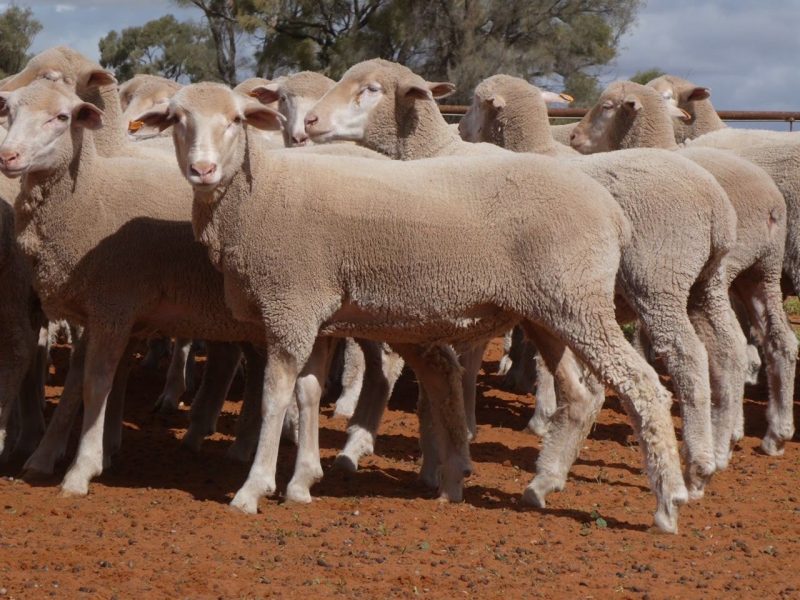Increasing Fertility and Nutrition with Dohnes at Green Creek
DARREN & CLARE ROBSON
FORDS BRIDGE, NEW SOUTH WALES
THEY haven’t come from the land, but western sheep farmers Darren and Clare Robson are making up for their initial lack of knowledge with hard work, research and a lot of trial and error.
The Robsons bought Green Creek, near Fords Bridge, north west of Bourke, as an investment opportunity in 2002. At the time, Mr Robson was working as a storeman and truck driver, and Mrs Robson was a chiropractor at Bacchus Marsh in Victoria.
“When we bought this property, it was a bunch of weeds – we had no idea what we were looking at,” Mrs Robson said.
They leased the 12,000-hectare property for the first five years, then decided to run their own sheep, trialling Dohnes and Merinos.
It was a steep learning curve in the first few years, but they soon learnt which breed was able to not only survive, but thrive in western country.
“What we discovered was that the Dohnes won on producing more lambs, with a lot of twins or triplets, and from the Merinos, we were lucky to get one lamb,” Mrs Robson said.
“We also found that the Merinos were cutting 21-micron wool and the Dohnes were at 19-micron. The Dohnes seemed to thrive in the conditions that we had. We look for rams that were twins, good carcase weight, wool and because our rams have to walk long distances, structure is really important.”
The Robsons have turned the operation around, taking it from a hobby to a business, and they’re now running about 2000 ewes.
“We now scan, and we only give them one chance to rejoin,” Mrs Robson said.
“Now, there’s a structure to how we breed, and we’re getting good lamb numbers coming through so the next step is to refine what we’re breeding and improve the flock.”
The other big learning curve was around pastures, and making the most of what was available on the property. Green Creek includes 10km of Warrego River frontage and a wetland area. The property has mainly native grasses, but its burrs such as copper burr and jelly burr have been crucial to the lamb production, especially during drought.
“We’ve learnt a lot about those areas of the paddocks we hadn’t used, that had excellent sheep feed,” Mrs Robson said.
Dealing with the worst drought on record prompted the couple to set up their own on-farm feedlot, which allowed them to finish lambs despite the season. While they won’t have to use the feedlot for their lambs this year, it gives them the opportunity to trade lambs.
“We put sheep in there the first year that were really little and we wouldn’t have survived without the feedlot, but this year they had to be over 33 kilograms when they went in, and they came out at 55kg to 65kg,” Mrs Robson said.
“We’ve learnt a lot about the type of feed to use and now we start them on a small ration of pellets, with feed barley and a buffer in the water and the feeders.
“By the end they get a cracked mix of corn and barley, once we get their gut to a state when they can handle that. We also start off with a vetch or lucerne hay, then barley straw at the end with a big protein ration.”
Lambs are generally in the feedlot for eight to 10 weeks, then they’re sold through the saleyards or online.
“We look at all marketing platforms and choose at the time whether to go over the hook, straight to Dubbo, or on AuctionsPlus.
“At the moment we have a lot of feed, so we’ll buy more sheep when the market drops. The biggest issue out here is the cost of transporting feed, so you’ve got to be sure about what you’re doing and know whether it’s worth feeding sheep.”












 Facebook
Facebook YouTube
YouTube Instagram
Instagram